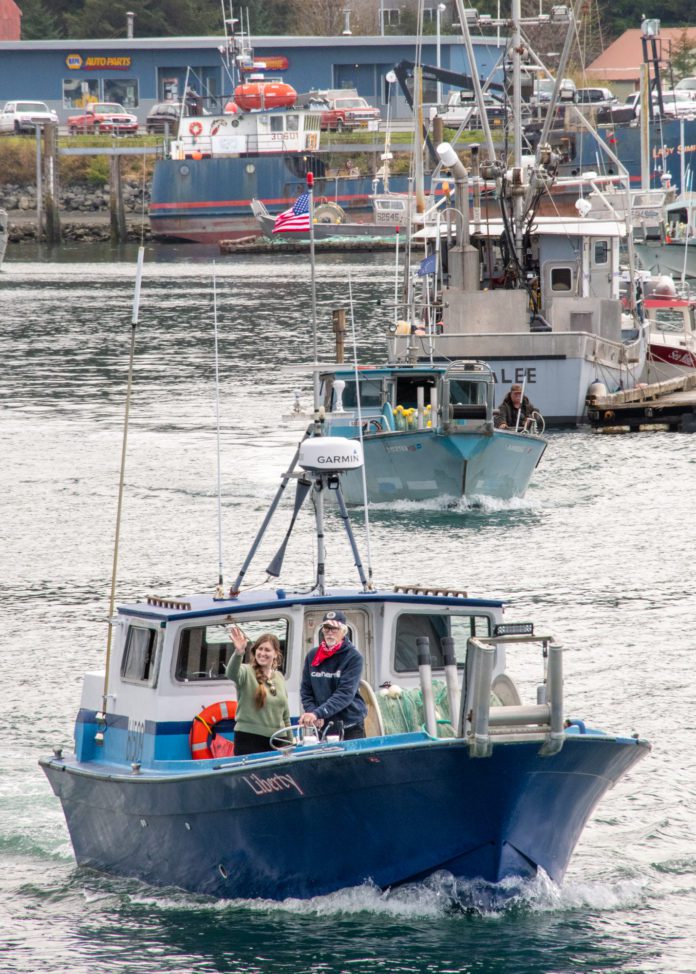
Employment in commercial seafood harvesting is continuing its slow decline, in contrast to other Alaska industries, which have fully or partially rebounded in the wake of the COVID-19 pandemic.
A report released Wednesday in the November issue of Alaska Economic Trends notes that while career options in the maritime industry are expanding, the actual number of jobs in seafood harvesting fell by 118, or 1.8 %, in 2022.
Overall, since 2019, jobs in seafood harvesting are down 17.3%. In 2019, there were over 23,000 fish harvesters at work compared to last July, with a high of 20,241 harvesters at work, noted state labor economist Joshua Warren.
When COVID-19 precautions were in place, crews of fishing vessels were slightly reduced, but that level has returned to normal. Still, some of the fishing vessels that stopped harvesting during the pandemic have not returned to work. In 2022 there were just under 4,100 boats fishing for salmon, compared to nearly 4,600 vessels that participated in the 2019 fishery.
While seafood harvesting still represents a significant share of the state’s jobs, its’ weak performance compared to other sections reduced its July share from 7.3% of statewide employment down to 5.7%, Warren said.
While overall species’ harvesting workforces were down from their 2019 levels, the halibut fishing workforce jumped 13.9% from 2021. Two sectors that lost jobs, crab and miscellaneous shellfish, shed over 20% of their workforces in a single year, while the halibut sector showed a nearly 14% increase in jobs, the biggest in recent history.
Before 2021, harvesting jobs for crab had been increasing since the late 2010s and were nearly unscathed by the pandemic.
Crab harvesting jobs fell slightly in 2021 and then dropped precipitously after closures in 2022, shrinking the crab harvesting workforce by nearly 21%, with an annual average job count in 2022 at 346 positions.
With commercial snow crab closures announced in October, prompted by warming waters, the full impact of those closures is yet to be seen, Warren said. While fishery managers are estimating it could take king crab stocks six to 10 years to recover, they have opted to approve a conservative opener this year.
Meanwhile salmon fisheries, the largest category by far, continues on a slow decline that began with the pandemic. The collapse of the Yukon Delta salmon fishery has been a contributing factor. Other regions have also lost salmon fishing jobs. Only Bristol Bay and the Northern region added more harvesters of salmon over the past year.














